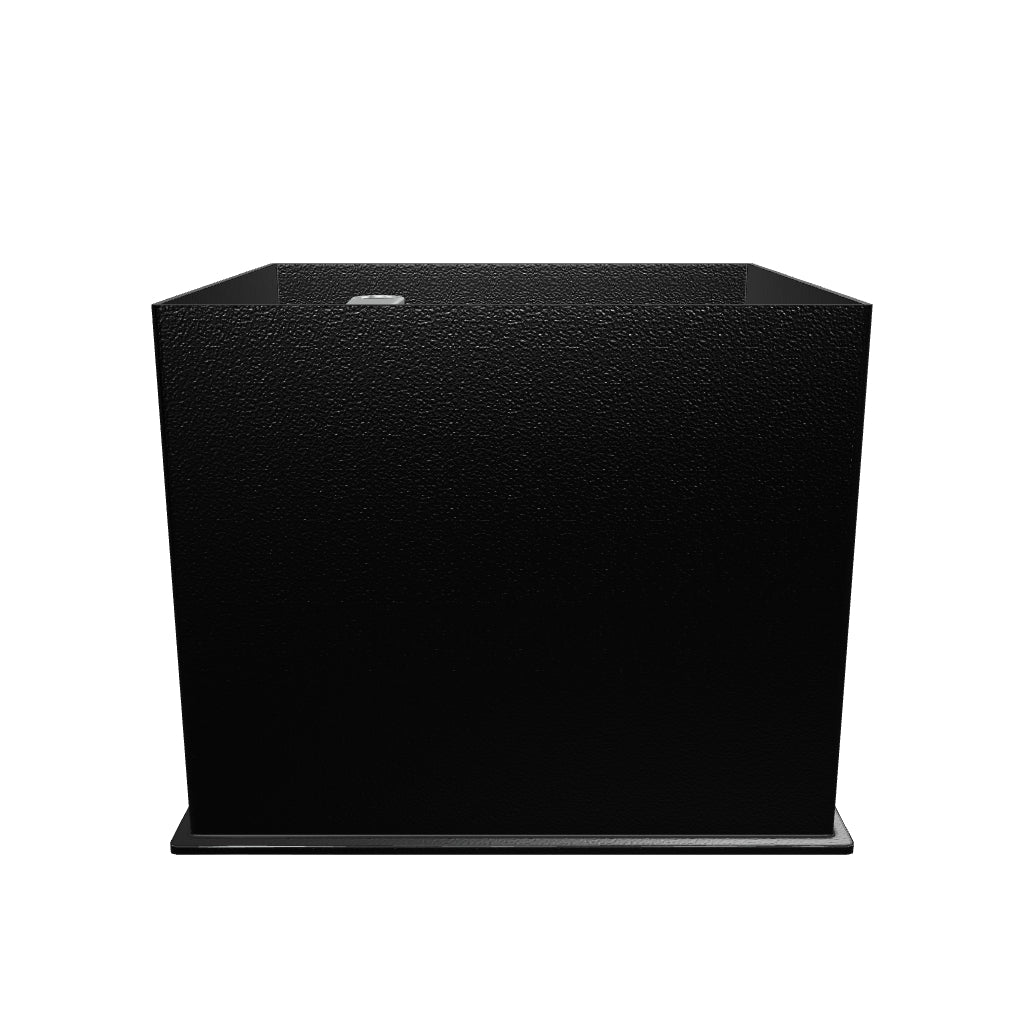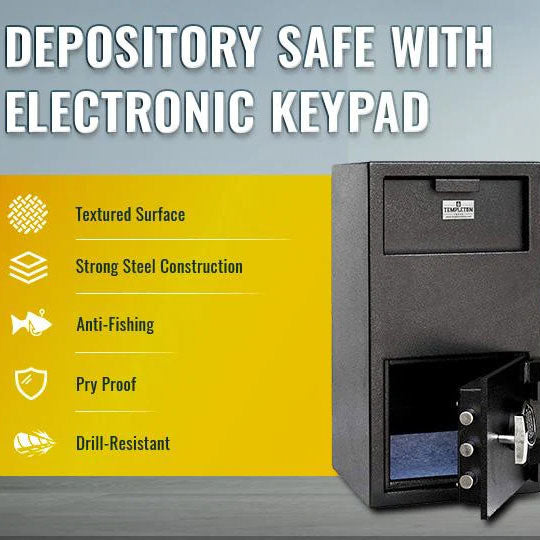How Fire Ratings Work: Understanding Safe Fireproof Certifications
When it comes to protecting your most valuable possessions—whether that’s personal documents, hard drives, cash, or heirlooms—it’s not just about keeping thieves out. Fire is a real threat, and choosing the right fire proof safe can make all the difference between total loss and full protection.
But here’s the thing: not all fireproof safes are created equal. There’s a lot of confusion around fire ratings, certifications, and what they actually mean in real-world situations. If you're shopping for a safe and wondering whether it's really up to the task, keep reading. We'll break down how fire ratings work, what to look for, and why Templeton Safes’ T701 & T702 are excellent choices for complete peace of mind.
What Is a Fire Proof Safe?
Let’s start with the basics. A fire proof safe (also called a fire-resistant safe) is specifically designed to withstand extreme heat and protect its contents for a certain amount of time during a fire. The safes are built using fire-resistant materials and typically have insulation between steel layers that slow down heat transfer.
However, no safe is completely fireproof forever. Every fireproof safe has a time and temperature limit—meaning it’s rated to keep the interior below a certain temperature for a set period.
How Fire Ratings Are Tested and Certified
Not all fireproof claims are backed by rigorous testing. That’s why independent certifications are key.
ETL, UL, and Other Certifications
There are a few recognized organizations that test fireproof safes:
- UL (Underwriters Laboratories)
- ETL (Intertek)
- KIS (Korean Industrial Standards)
These agencies subject safes to extreme heat and pressure to simulate real fire conditions. For example, a 1-hour fire rating typically means the safe can withstand external temperatures of 1700°F (927°C) for one hour while keeping the internal temperature below 350°F (177°C)—the point at which paper starts to char.
Why Certification Matters
If a safe doesn’t have a trusted certification, you’re rolling the dice. Look for safes that have ETL or UL labels to ensure they’ve passed rigorous, third-party testing.
What Do the Fire Ratings Actually Mean?
Here’s where it gets practical. A fire rating usually comes with two key factors:
- Time Duration: Common ratings are 30 minutes, 1 hour, 2 hours, etc.
- Temperature Resistance: Usually up to 1700°F for most residential and business safes.
This tells you how long the safe can keep its contents protected during a fire. For example, a 1-hour fireproof rating means your safe can handle an intense blaze for 60 minutes before the interior heats up to a damaging level.
Did you know? Most house fires are extinguished within 30 minutes—but some can burn longer, especially in rural areas. That’s why a minimum 1-hour fire rating is considered ideal for true peace of mind.
Spotlight: Templeton Safes T701 & T702
If you’re in the market for reliable fire protection, Templeton Safes has you covered. Their T701 & T702 fireproof safes are ETL Certified to handle the heat.
Why Choose T701 & T702?
- ETL Certified 1-Hour Fireproof Rating: Tested to withstand external temperatures up to 1700°F for one hour—protecting documents, digital media, and valuables.
- Advanced Security: Not just fireproof—these models come with biometric fingerprint access, a multi-user electronic keypad, and a solid steel locking system.
- Spacious Interior: Both models offer adjustable shelves and generous storage, making them great for both home and business use.
- User-Friendly: Easy setup, clear instructions, and battery backup mean you’re never locked out unexpectedly.

Paper vs. Digital Media: Why It Matters
Here’s an important tip: different materials have different heat tolerances.
- Paper: Can tolerate up to ~350°F before charring.
- Digital Media (USB drives, CDs): Can be damaged at ~125°F with high humidity.
The T701 & T702 are designed to safeguard paper, cash, and even some types of digital media, but if you have a ton of sensitive data, consider a safe with a special media protection insert for ultimate coverage.
Where Should You Place Your Fire Proof Safe?
A safe’s location is just as important as its rating. Ideally, place your safe:
- On the ground floor or basement (heat rises)
- Away from flammable materials
- Secured to the floor or wall for added security
Pro tip: A well-hidden, bolted-down safe provides double protection—from both fire and theft.
Final Thoughts: Don’t Settle for Less
In a fire emergency, every second counts. Choosing a certified, high-quality fire proof safe can mean the difference between total devastation and secure peace of mind. Templeton’s T701 & T702 fireproof safes are trusted options that combine top-tier fire protection with robust security features—the best of both worlds.
Invest in your security today, and sleep easier tonight.
Ready to protect what matters most?






























